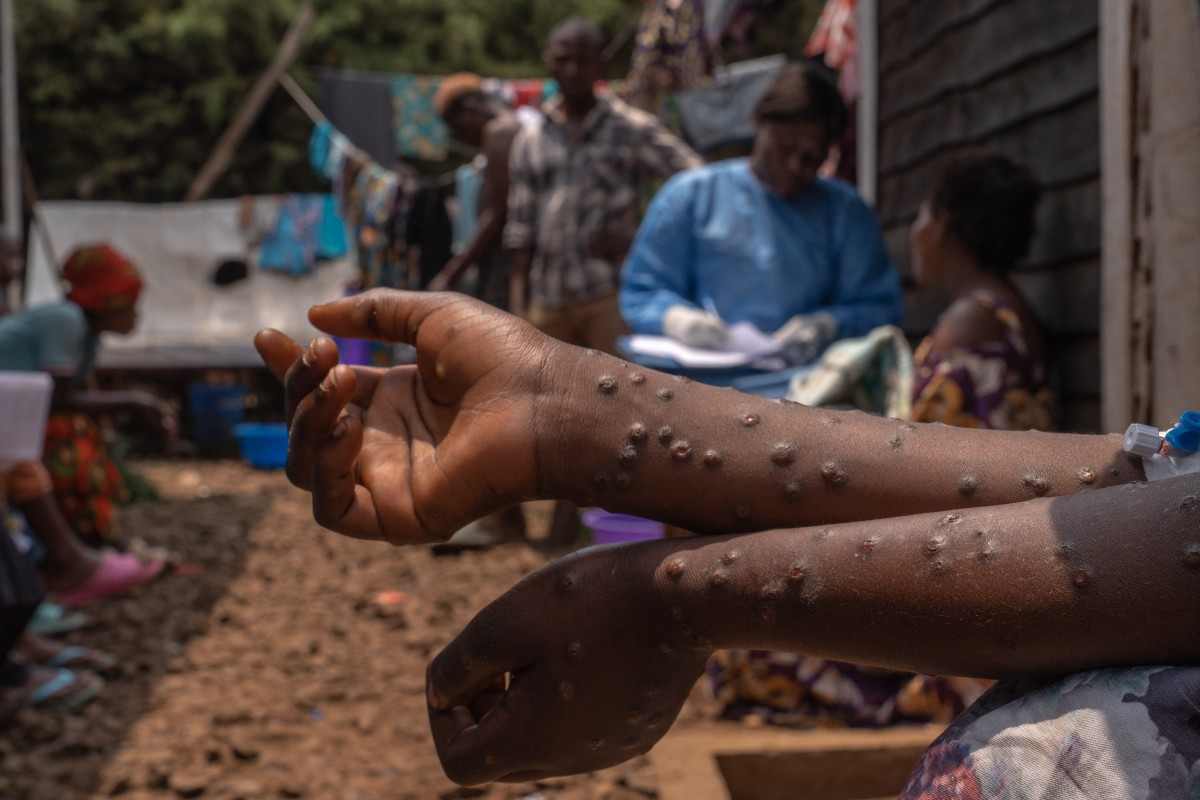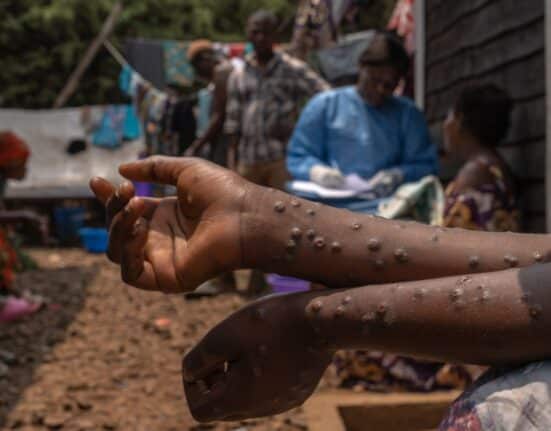THREE more new cases of monkeypox or mpox have been detected by the Health Department.
The DOH said two are in Metro Manila, and another in the CALABARZON region.
All three have the milder MPXV clade II. Findings indicate that the transmission dynamics of clade II still hold true: close, intimate, and skin-to-skin contact.
Cases 15 and 16 had anonymous sexual encounters with more than one partner, while case 17 had close, skin to skin sexual contact with another person who had skin symptoms.
The total case count is now 17 since July 2022. Nine cases have long recovered since 2023. Eight are active cases waiting for symptoms to resolve.
Mpox case 15 is a 29 year old male from NCR whose symptoms started August 21, 2024. He had rashes on his upper lip, arm, and anal area.
He also had swollen neck lymph nodes, sore throat, muscle pain, and weakness. A day later he started having fever.
Case 15 stayed at home, opting for teleconsultation. He disclosed that before symptom onset, he had anonymous sexual encounters.
He did not travel within 21 days before the start of symptoms. He reports one close contact. He tested positive for MPXV DNA, clade II. He continues to be in home isolation. Other details are still being verified.
Mpox case 16 is a 34 year old male also from NCR, whose symptoms started August 27, 2024.
He had rashes and blisters over his arms, genital and anal areas. He also had cough, fatigue, and swollen lymph nodes in his groin area.
He did not travel anytime 21 days before symptoms started. He disclosed that before symptoms started, he did have sexual contact with three partners. He tested positive for MPXV DNA, clade II. He was admitted after he sought consult but has already been discharged to complete isolation at home. Contact tracing is ongoing.
Mpox case 17 is a 29 year old male from CALABARZON who started having fever on August 19, 2024.
Shortly thereafter he developed rashes (vesicles) on his face, thorax, arms, legs, and soles. He also had headache, muscle pain, and swollen neck lymph nodes.
He tested positive for MPXV DNA, clade II. Case 17 did not travel within 21 days before the start of symptoms. He disclosed that within the same period, he had close intimate contact with one sexual partner who may have had the same skin symptoms. He has two household close contacts. Other details are still being verified.
Local government units where cases 15, 16, and 17 are from have been informed and have the power and authority by law to disclose more detailed information including response actions, at their discretion.
“Better and wider risk communication is working, and so is improved access to consultation and testing. Anyone can get Mpox, but it is crystal clear that the mode of transmission here is close, intimate, and skin-to-skin contact. Prevention is also clear: avoid intimate contact, especially anonymous ones with multiple sexual partners,” said Secretary Teodoro J. Herbosa. “We continue to be on guard for Mpox clade Ib. Our health system is active,” assured the Health Chief.
Common symptoms of mpox are a skin rash or mucosal lesions, which can last 2–4 weeks. The rashes are accompanied by fever, headache, muscle aches, back pain, low energy, and swollen lymph nodes. Anyone can get mpox. Mpox can be transmitted to humans through close, intimate (including sexual) contact with someone who is infectious, with contaminated materials like used clothes or utensils, or with infected animals. Soap and water can kill the virus. When washing contaminated materials, use gloves.
Laboratory confirmation of mpox is done by testing skin lesion material by PCR.
Current turnaround time at the DOH Research Institute for Tropical Medicine (RITM) is 2-3 days for testing. Dermatologists and other physicians who are entertaining a high index of suspicion are reminded to record the name and contact information of their patients, and guide them to the nearest major hospital.
Mpox is treated with supportive care. Patients with no other illnesses may stay at home after testing, until all scabs fall off and a new layer of skin forms, typically after 2-4 weeks.
How useful was this post?
Click on a star to rate it!
Average rating 0 / 5. Vote count: 0
No votes so far! Be the first to rate this post.
We are sorry that this post was not useful for you!
Let us improve this post!
Tell us how we can improve this post?







